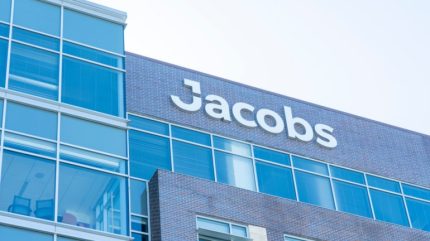
Jacobs has secured a contract to manage the Pier B rail expansion at the Port of Long Beach, Los Angeles (LA), US, enhancing cargo efficiency and reducing environmental impact.
The project is a key component of the port’s $2.2bn investment in infrastructure.

Discover B2B Marketing That Performs
Combine business intelligence and editorial excellence to reach engaged professionals across 36 leading media platforms.
The Pier B rail programme is set to transform the current rail yard into a cutting-edge facility, expanding its area from 82 to 171 acres.
Jacobs said the expansion will allow the port to handle up to 4.7 million 20ft shipping containers annually, more than tripling its on-dock rail capacity.
The project aims to significantly cut down truck traffic, which in turn will lower emissions and improve the air quality for nearby communities.
Jacobs executive vice-president Eva Wood said: “Jacobs’ experience in managing large-scale infrastructure projects will deliver enhancements at the port that will expedite cargo movement, reduce shipping costs and contribute to a more resilient supply chain.”

US Tariffs are shifting - will you react or anticipate?
Don’t let policy changes catch you off guard. Stay proactive with real-time data and expert analysis.
By GlobalDataThe project will create over 1,000 local jobs and support health and environmental initiatives.
The Pier B On-Dock Rail Support Facility is scheduled for completion in 2032. It is anticipated to provide substantial community benefits and help the Port of Long Beach in its ongoing efforts to minimise the environmental footprint of cargo movement.
Port of Long Beach CEO Mario Cordero said: “The Pier B On-Dock Rail Support Facility embodies the core values of the Port of Long Beach, allowing more cargo to move through our marine terminals with greater efficiency and less impacts on the community.
“Jacobs has demonstrated its qualifications to help us accommodate this peak workflow, and we’re pleased to work with the company to build this new gateway for the nation’s container cargo.”
In June 2025, Jacobs secured a contract to offer design, engineering, and environmental services for Boeing’s significant expansion at its St. Louis, Missouri, campus in the US.





